People
‘It’s About Working Together in a Celebratory Way’: Robbie Fitzpatrick on Founding Art-Fair Alternatives, From Basel Social Club to Salon d’Été
The inaugural Salon d’été took place this summer in a village near Versailles.
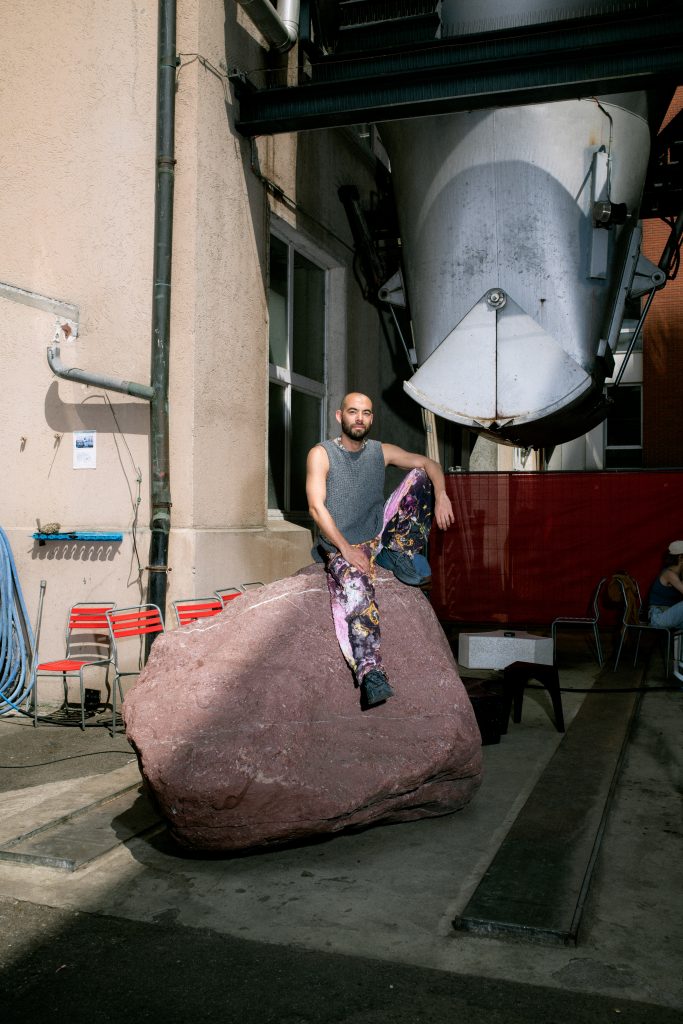
The inaugural Salon d’été took place this summer in a village near Versailles.

Anna Sansom

On a balmy weekend in July, a weekend-long selling exhibition assembling emerging artists represented by young French galleries, debuted at Maison Louis Carré in a countryside village southwest of Versailles.
The Parisian art dealer Louis Carré, who represented Henri Matisse, Le Corbusier, and Édouard Vuillard, hired the architect Alvar Aalto to design this single-level house for him and his third wife, Olga. After her death, in 2002, the Alvar Aalto Association in France purchased the property and it has been hosting temporary exhibitions since 2014.
It is in this idyllic setting that Robbie Fitzpatrick, the American-born, Paris-based gallerist behind the Basel Social Club, another recently established selling show, launched the summer event, called Salon d’été, in conjunction with Sans Titre gallery and the Performance Agency in Vienna.
With an emphasis on artworks blending with the setting, the Salon d’été selection included Gaspar Willmann’s paintings of a field mouse in a landscape on view in the living room, Julian Farade’s deep blue fabric sculptures of a slumped amorphous figure in the dining room; and Laëtitia Badaut Haussmann’s ocular sculpture with a turquoise iris and red veins in Olgar Carré’s bathroom.
Salon d’été is the latest venture spearheaded by the entrepreneurial dealer. In 2013, he co-founded the Los Angeles gallery Freedman Fitzpatrick with Alex Freedman. Soon after, they launched what Fitzpatrick describes as “an alternative art fair” called Paramount Ranch in a former film set used by Paramount Pictures to shoot westerns. Then, in 2018, Freedman Fitzpatrick inaugurated a second space in Paris. After the duo parted ways, Fitzpatrick opened his own two-story eponymous gallery in Paris’s Marais district in 2021.
Artnet News sat down with Fitzpatrick, who is 38, to talk about the inspiration behind Salon d’été and Basel Social Club, and his passion for live experiences.
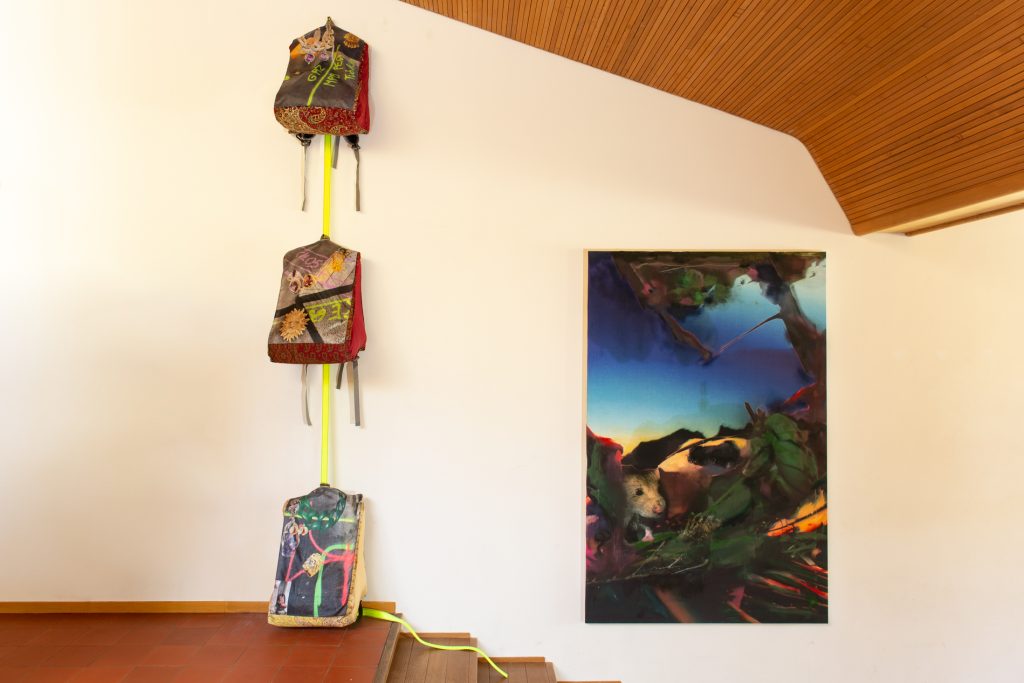
Salon d’été with Chalisée Naamani and Gaspar Willmann; courtesy of the artists, Ciaccia Levi, Paris & Milan and Exo Exo, Paris.
Why did you launch Salon d’été at Maison Louis Carré and what selection criteria did you provide to the exhibiting galleries?
I’d been visiting Maison Louis Carré for two years, looking at it as a potential off-site location. Its team was open to anything I proposed. The more time I spent there, the more I realized that anything I’d do would need to be in dialogue with the strong persona of Louis Carré and Olga. Besides being a gallerist, a collector, and a co-founder of the Comité professionnel des galeries d’art, he hosted gatherings and garden parties to which he invited artists and collectors. So that was the starting point for bringing the Paris scene together at the venue.
We had space for 22 exhibitors. Naturally we started by reaching out to colleagues whom we’re close to. Marie Madec, the founder of Sans Titre, and my project manager, Maya Vidgrain, recommended the youngest Parisian galleries. We encouraged participants to choose a local artist. If there had been too many artists showing the same discipline, we might have stepped in to suggest something else. We’re not working as curators in a traditional sense although there’s a curatorial aspect in finalizing the exhibition and hanging decisions.
Are you planning to do another iteration of Salon d’été next year?
I think it’d be similar to Basel Social Club. We’re interested in it being itinerant and in finding a similar property of historical and architectural importance.
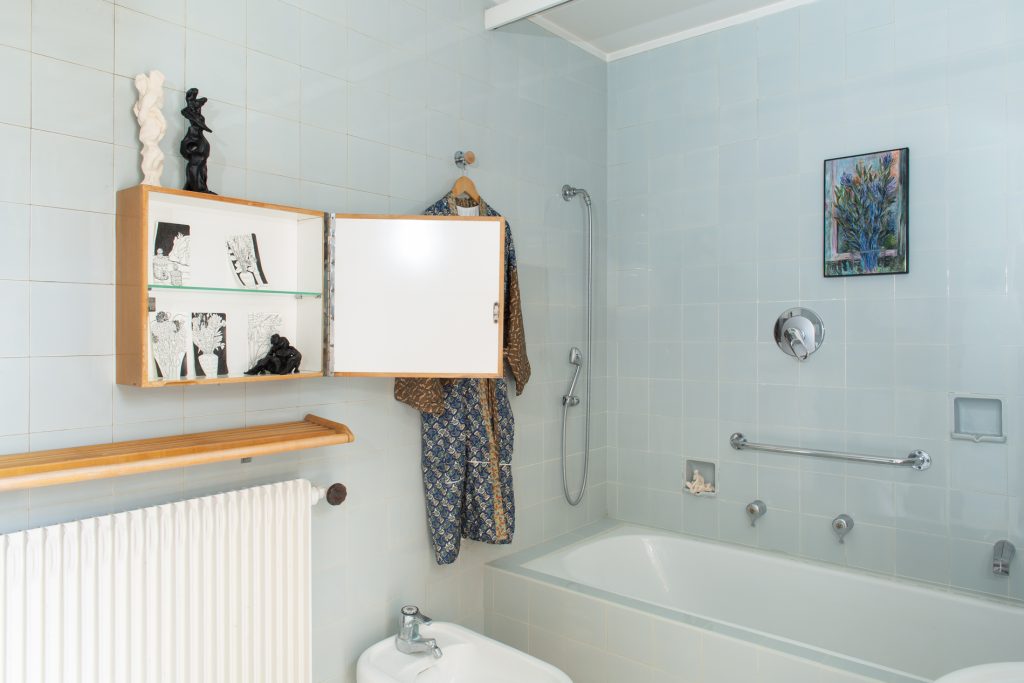
Salon d’été with Jacent; courtesy of the artist and Sans titre, Paris.
How did the idea for Basel Social Club germinate?
In spring 2022, I’d decided not to participate in the Basel art fairs and I saw an opportunity to start a new project. I called my Basel-based artist Hannah Weinberger, who has run project spaces and had a bar called the Hidden Bar at Art Basel in 2018 and 2019. Then I called Jean–Claude Freymond-Guth, who used to have a gallery in Basel, as well as Yael Salomonowitz at the Performance Agency in Vienna and the Basel gallerist Dominik Müller, through whom we were offered a villa in the Bruderholz neighborhood. The first iteration had around 35 exhibitors – galleries, project spaces, bars, and a performance program.
After its success, the owner of a former mayonnaise factory, who had attended the inaugural edition, approached us to do the second iteration in his space. Despite its scope, which certainly terrified us a little initially, we couldn’t say no to this opportunity. So we embarked on the challenge of evolving the project to a much larger-scale building with silos. We pulled all of our resources and each of us took care of a different department. I was primarily responsible for inviting exhibitors and working with them on the selection of artists and, together with Hannah, curating the exhibition component.
Given the ambitious scale of the project, did you feel that you were stretching your capacity?
I will admit that it probably brought me to the brink of my capacity. There were definitely days when my WhatsApp was buzzing non-stop with questions from all my exhibiting colleagues. Luckily, most of them are friends of mine. It was a lot to oversee but I wouldn’t do any of these projects if I didn’t enjoy them.
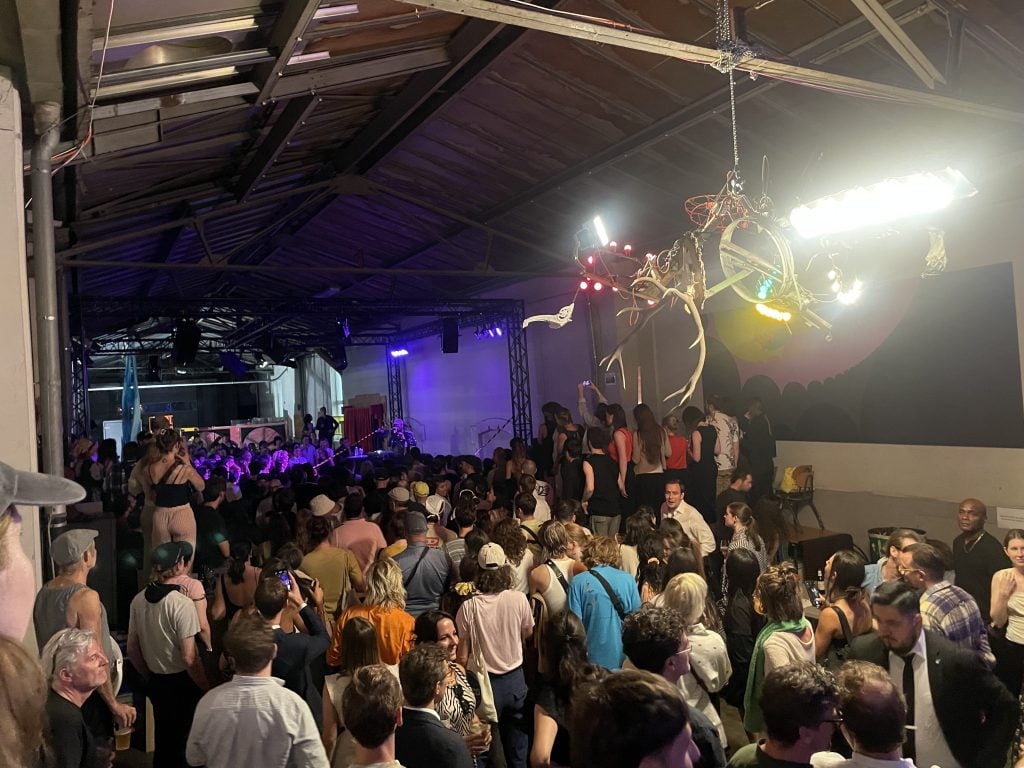
Mykki Blanco concert at Basel Social Club. Photo: Artnet News.
Do you know where you’ll hold Basel Social Club next year?
People have asked us if we’re going to do it in the same location and the answer is no. The space is becoming a venue for a different project and we wouldn’t be interested in doing it there again. Inherent to Basel Social Club’s identity is that it’s itinerant, takes on different forms, and responds to different architecture. We realized with these two editions that we can scale up, we can scale down; it can be in a domestic setting or an industrial space. So we are going to start looking for venues and as soon as something concrete is confirmed, we’ll make an announcement.
Do you see Basel Social Club and Salon d’été as being counter-current to the major fair groups controlling much of the international landscape?
The biggest mistake is to consider what we’re doing alongside what art fairs do. It’s a new model, which has precedents like Paramount Ranch, and that has evolved with a social element resulting from the pandemic. During the pandemic, I was lucky enough to pause and reflect on how I wanted to rebrand the gallery [following the closure of Freedman Fitzpatrick], the projects we’re involved with, and the necessity for live experience. I hate Zoom. If I have to get onto too many Zoom calls, I lose my mind. I like to see my artists and collectors face to face and see my community come together in real time. One of our mission statements was about introducing our audiences to one another, sharing resources and working collectively. I personally try to bring my collectors to other gallerists and I think that’s the only way forward, especially when you look at the mega blue-chips at the opposite end of the gallery spectrum. To protect ourselves against that, the only way would be to create some kind of consortium.
Would you consider launching a project in another city or in Paris during Paris + in October?
A lot of people have approached us about doing things in other cities. I’d never rule anything out but for the moment I don’t think that I can take on any more projects. Paris art week is pretty packed with Paris +, Paris Internationale, and all the gallery and museum shows.
I’d also initiated, with Daniele Balice and Édouard Montassut, a project called Paris Avant-Première in 2018 and 2019 that saw the young gallery scene synchronizing exhibition openings prior to FIAC and Paris Internationale in October. So I’ve launched several projects reflecting upon alternative models about how to have a collegial, collective entity that’s about working together in a celebratory way.
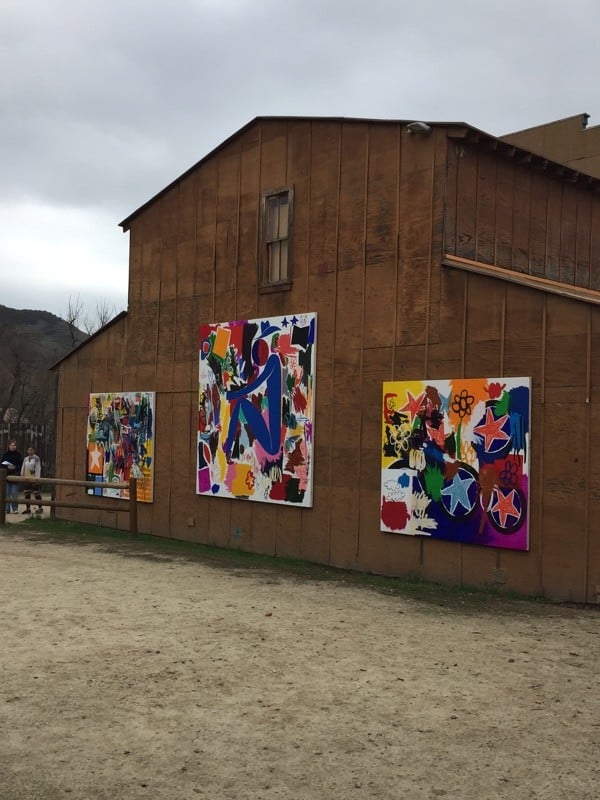
Atmosphere at Paramount Ranch. Photo: Eileen Kinsella.
How has Paris changed since you settled here?
Prior to moving, I sensed that Paris had great potential. When I arrived, things were picking up and since then it has blossomed. There’s concrete evidence of that from young and international galleries as well as foundations opening spaces, artists moving here and collectors buying property. A city requires the full spectrum of that ecosystem to be an art capital and that’s what makes Paris so unique.
I will admit that several people told me that I wouldn’t have been able to get away with what I’m doing here as an American speaking limited French if I had attempted this even 10 years ago. I’m very grateful that I was able to do this at a time when Paris was open to a project like mine. I was welcomed by the community and galleries like Balice Hertling, Chantal Crousel, and Air Paris.
How would you describe your own sensibility as a gallerist and the kind of artists that attract you?
None of my artists could do anything else besides being artists. They were put on this planet to show us a different way of looking at the world. I continue to listen to my own intuition about an artist and I have to be passionate about them. I cannot stand behind artistic creation that I’m not excited about personally.
Would you harbor ambitions to open a gallery space in another city?
I’m a dreamer and I definitely get excited when I go to new places and let my wild imagination run. I just got back from participating in the inaugural edition of a new fair called Tokyo Gendai in Japan. Japan is very near and dear to me as I lived there as a child and my mother’s Japanese. It’s premature to talk about having a space there but I think that people should keep their eye on Tokyo; something is likely to mobilize there.